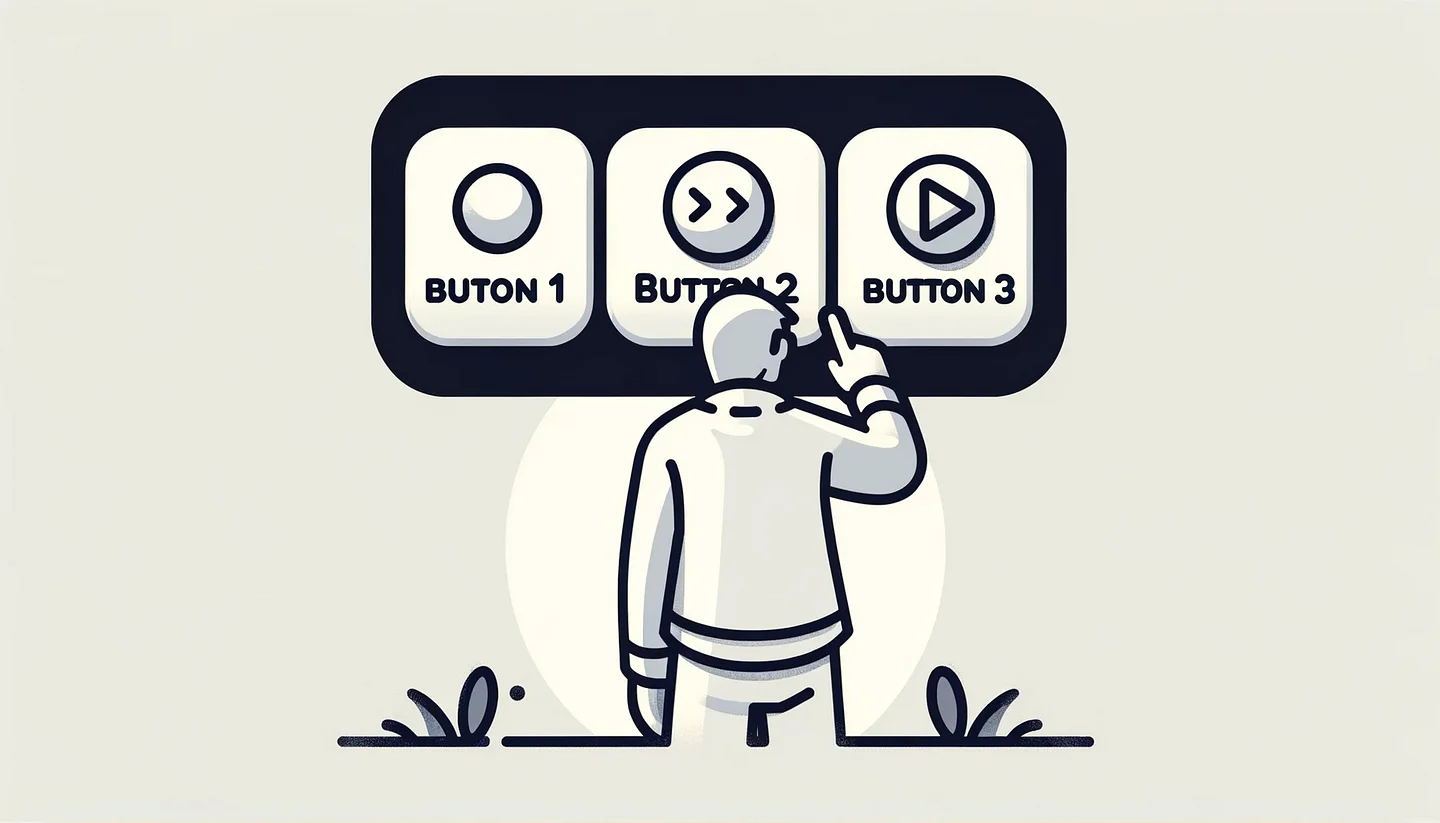
Introduction 🌊
JavaScript is the heart of interactive web development, and handling click events is a fundamental skill every front-end developer should master. In this blog, we’ll explore three different methods to write click events in JavaScript. Whether you are just starting out or brushing up on your skills, this guide will help you understand how to make your web pages interactive.
Let’s dive into the examples…
1. Inline HTML Event Handler 📄
Inline HTML event handlers involve placing JavaScript code directly within HTML elements. This method uses the onclick attribute, which you can assign to almost any HTML element.
| |
Pros: Inline HTML event handlers are incredibly quick to implement, making them ideal for simple tasks and small-scale projects. They offer a direct way to add interactivity to elements, which is especially user-friendly for beginners or in scenarios where immediate results are needed without the complexity of external scripts.
Cons: However, this approach can lead to reduced code readability and maintainability, particularly in larger applications. It mixes HTML with JavaScript, contradicting best practices of keeping structure (HTML) and behavior (JavaScript) separate, which can result in a more challenging code management and update process.
2. Using Element ID and addEventListener 🔍
The addEventListener method is a powerful way to separate concerns between HTML and JavaScript. It allows you to attach event listeners to elements identified by their IDs, promoting clean and maintainable code.
| |
Pros: The addEventListener method is a robust solution for attaching event handlers, promoting a clean separation between HTML and JavaScript. This improves code maintainability and organization, making it a preferred choice for larger, more complex applications. It also allows for more flexibility by enabling multiple event handlers on a single element.
Cons: On the downside, this method can be slightly more complex to set up, requiring a basic understanding of the DOM. It can also be a bit more verbose compared to inline methods, potentially leading to a heavier script in cases where simplicity is key.
3. Using Event Delegation 📊
Event delegation is a technique that takes advantage of the event bubbling phase. By adding a single event listener to a parent element, you can handle events for multiple child elements. This is particularly useful when dealing with dynamically added elements.
| |
Pros: Event delegation is highly efficient for managing events on multiple elements, particularly in dynamic content scenarios. By attaching a single event listener to a parent element, it significantly reduces memory usage and improves performance, which is crucial in large-scale applications.
Cons: Despite its advantages, event delegation has its limitations. It is not suitable for handling events that don’t naturally bubble, such as focus or blur. Additionally, if specific event properties are required, they might be altered during the event’s bubbling phase. This complexity and the potential for unintended behavior make it a method that requires careful implementation and a solid understanding of event propagation.
Conclusion 🎯
Choosing the right method to handle click events in JavaScript depends on your specific needs and the context of your project. Inline event handlers offer simplicity, addEventListener provides flexibility, and event delegation brings efficiency, especially in dynamic content scenarios. By understanding and applying these methods, you’ll be well-equipped to create interactive and responsive web applications.
Happy coding! 🌟👨💻👩💻